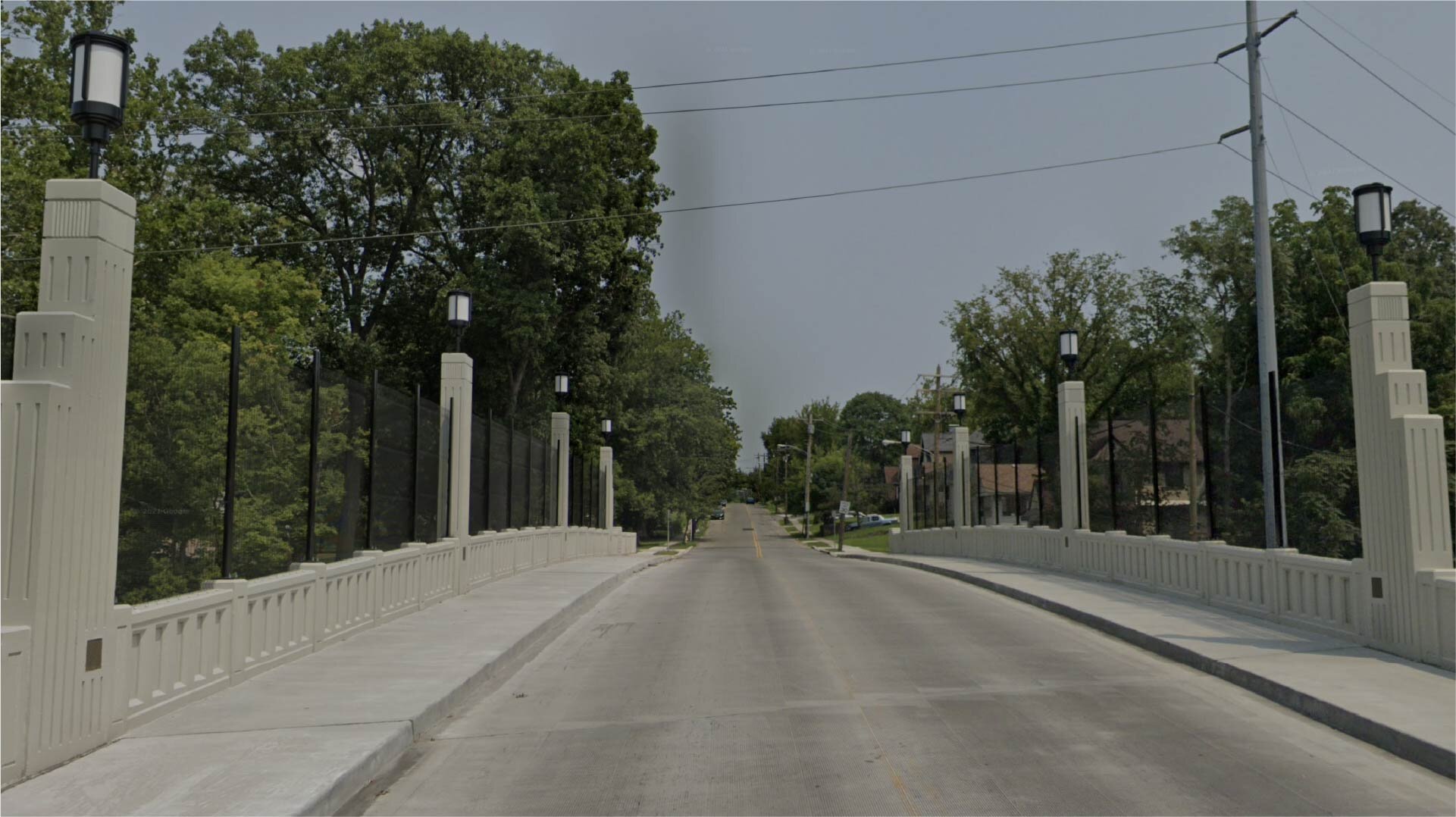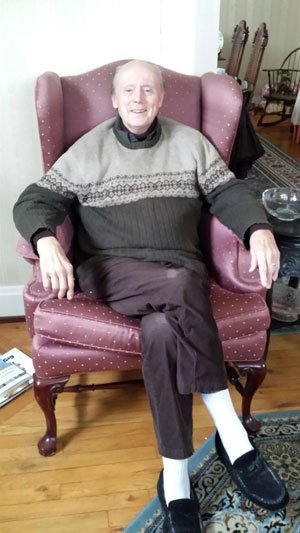
ELDERS SERIES
Bob Kamp
Mary and Bob Kamp moved to Wyatt Ave. in October, 1978. Carolyn Clingman, a neighborhood resident and a close friend of Mary’s, was their realtor. They were warmly welcomed by Mimi Gingold and Al Gerhardstein, neighbors, 2 doors away.
In 1981-82, their home was burglarized. They soon realized they were part of a series of break-in’s occurring in the neighborhood. Bob became involved with the group that formed to watch for criminal activity that was detailed in the Elder Series interview with Mike Harmon. Other participants were Bill Lippman, Chuck Massey, Dan Beaver, Don Winkler, Ev Landen, John Butkovich, Mike Harmon, Paul Freshwater and Phil Osborne.
The couple began attending the KH Community Council (KHCC) meetings in 1983-84. The meetings were held at monthly intervals at KH Baptist Church and KH Presbyterian Church. Pat Massey was President in 1985 and that was the beginning of Bob helping with the Progressive Dinner and becoming the treasurer of the Council. Soon, he added the role of NSP coordinator and helped with the Sap Run event that Mimi Gingold initiated. Kay Briggs, neighborhood support worker, also helped with the Sap Run. He continued as treasurer for 20 years!
For several years, residents were asked to help recruit KHCC donations by canvassing streets. Next, Kay Briggs and Bob called people on the phone. And then, Bob decided he would go it alone and go door to door requesting donations, doing something no one else does or probably will ever do. If you haven’t been contacted by him, no doubt you have seen him around the neighborhood. “I’ve worn out several pair of shoes walking the streets.”, he said. He is responsible for selling most of the Sap Run and Progressive Dinner tickets over the years. Ernie Barbeau, former President of KHCC, reports that. “Periodically the Council office received calls from residents asking, ‘When is the man who collects the money for the Community Council coming by for my contribution? Did we miss him?’”
If you have become a resident in the past 10 years, he may not have knocked on your door. Consider this a request to add your name to the list of “Friends” that you see in the newsletter and give a yearly donation. He has been extremely successful at maintaining the coffers of the Council, raising about $250,000 over the years. If you wonder how Kennedy Heights can perform some of the neighborhood events and issue a postal newsletter, give a loud applause to Bob for partly making it possible. It also speaks to the care of the community both by Bob and by those who respond to requests to donate funds.
When asked what motivates him, he answers that he likes to be worthwhile and he enjoys it; it’s something he can do whenever his schedule allows. He believes meeting people face to face gives importance to neighborhood activities and what it represents. People receive a verbal ‘Thank You’ immediately. A side benefit is that he knows hundreds of residents. He admits to being a hustler and, sometimes, he even sells some insurance.
Bob is the only person to receive the Citizen of the Year award twice, in 1989 & 1998.
Mary was the chair for our first, and quite successful, house and garden tour in 2014. There are plans for another tour in 2017. For the past 6 years, she has served on the Artisan-in-Residence planning committee of the Kennedy Heights Arts Center, and continues in that capacity. Mary has helped with the Progressive Dinner, not only hosting Dinners at their home for 10+ years but also helping to obtain auction items and desserts.
Bob states that the community has cleaned up a great deal since 1978. There is very little crime; he recognizes that every neighborhood has some experience with it. He believes that many people do not know about the benefits of Community Council and the value it offers. Times have changed, people are not outside as much and therefore don’t get to know each other as much. Even if people have a porch, they are not as likely to use it for conversation.
To someone moving into Kennedy Heights, he states “We are an open community, we don’t discourage anyone from living here but we invite them to maintain the standards of the community; it creates a better place for everyone and is better for our future as a community. We benefit from who they are; it’s collaboration.” He notes that involvement is key; everyone can contribute in some way.
His hopes for Kennedy Heights are that residents are more visible and view team work as admirable. In the process, people learn more about the community. Perhaps there are some events that we currently have that might not be continued, but instead, new ones take their place.
—
Interviewed by Christine Schumacher
January 20, 2016
Presented to KHCC, May 17, 2016


